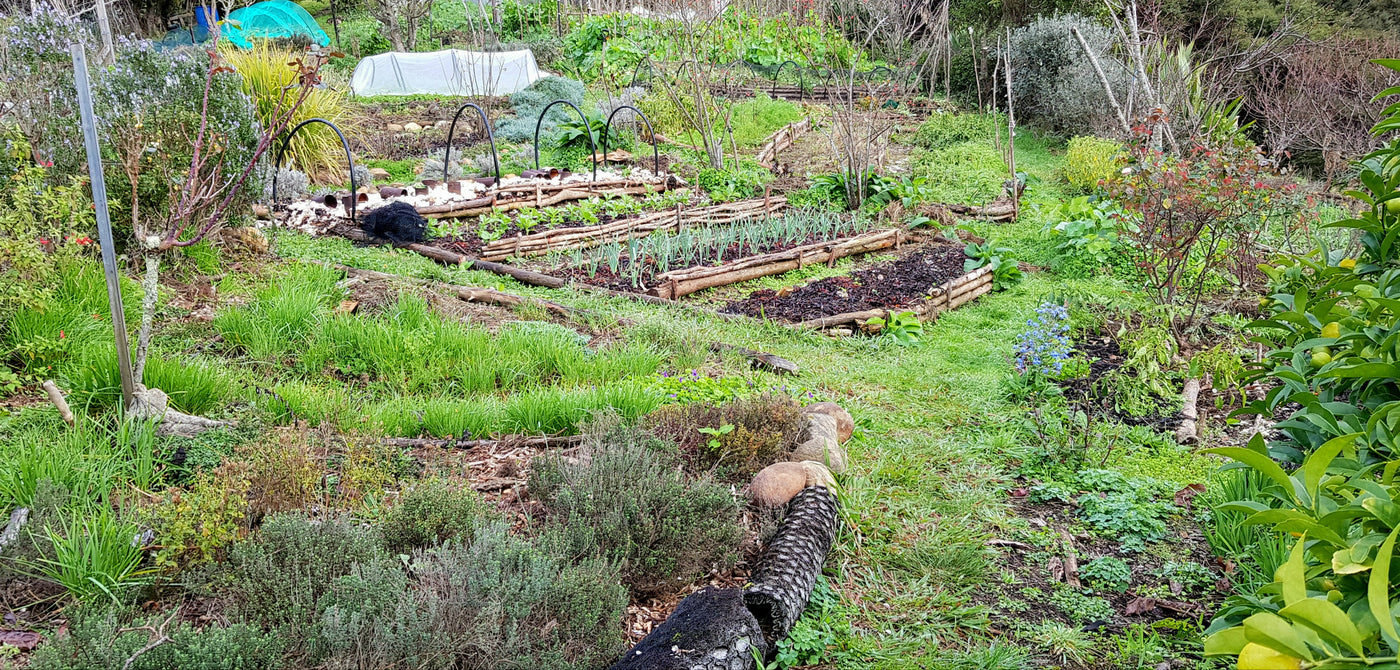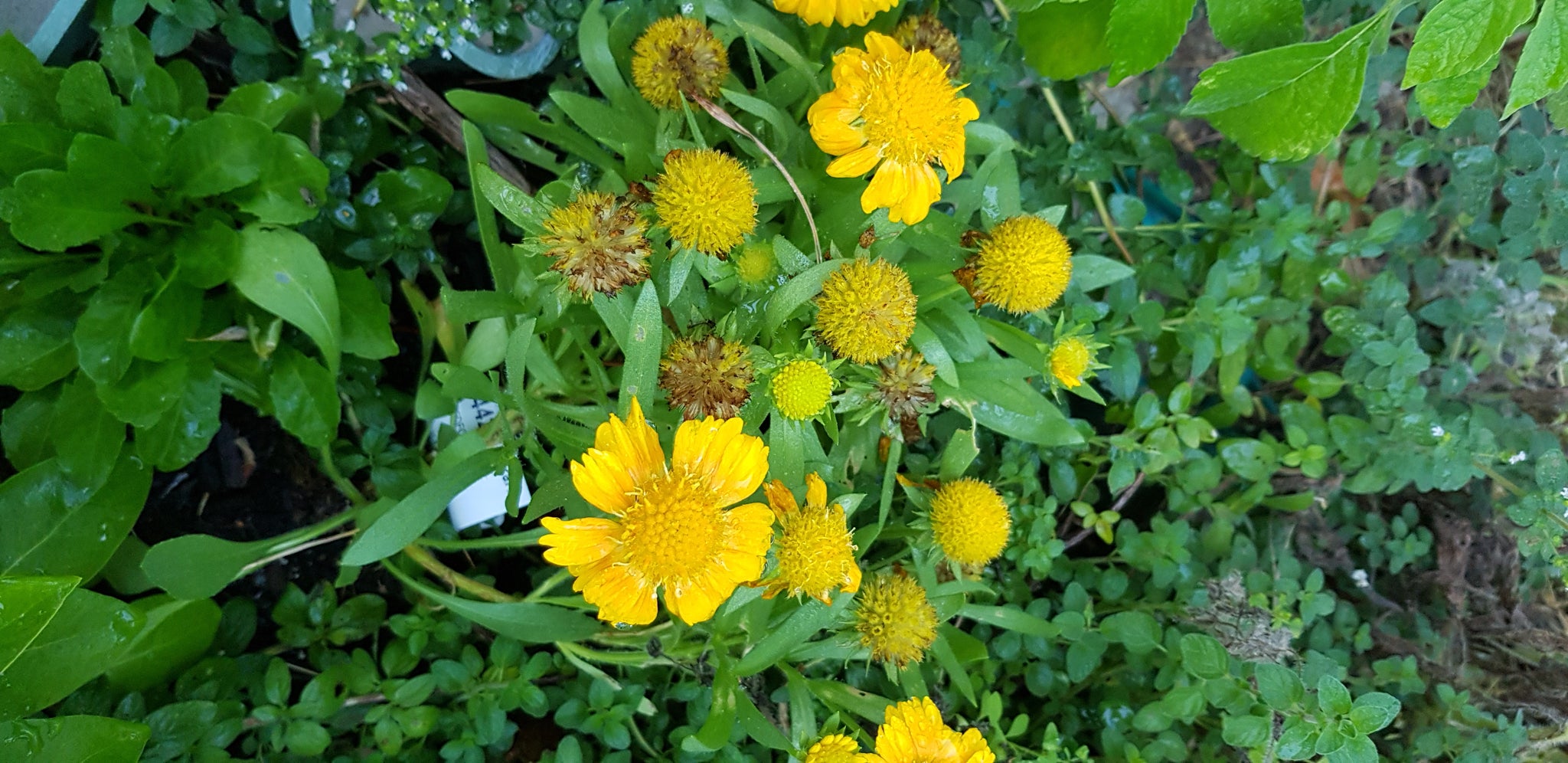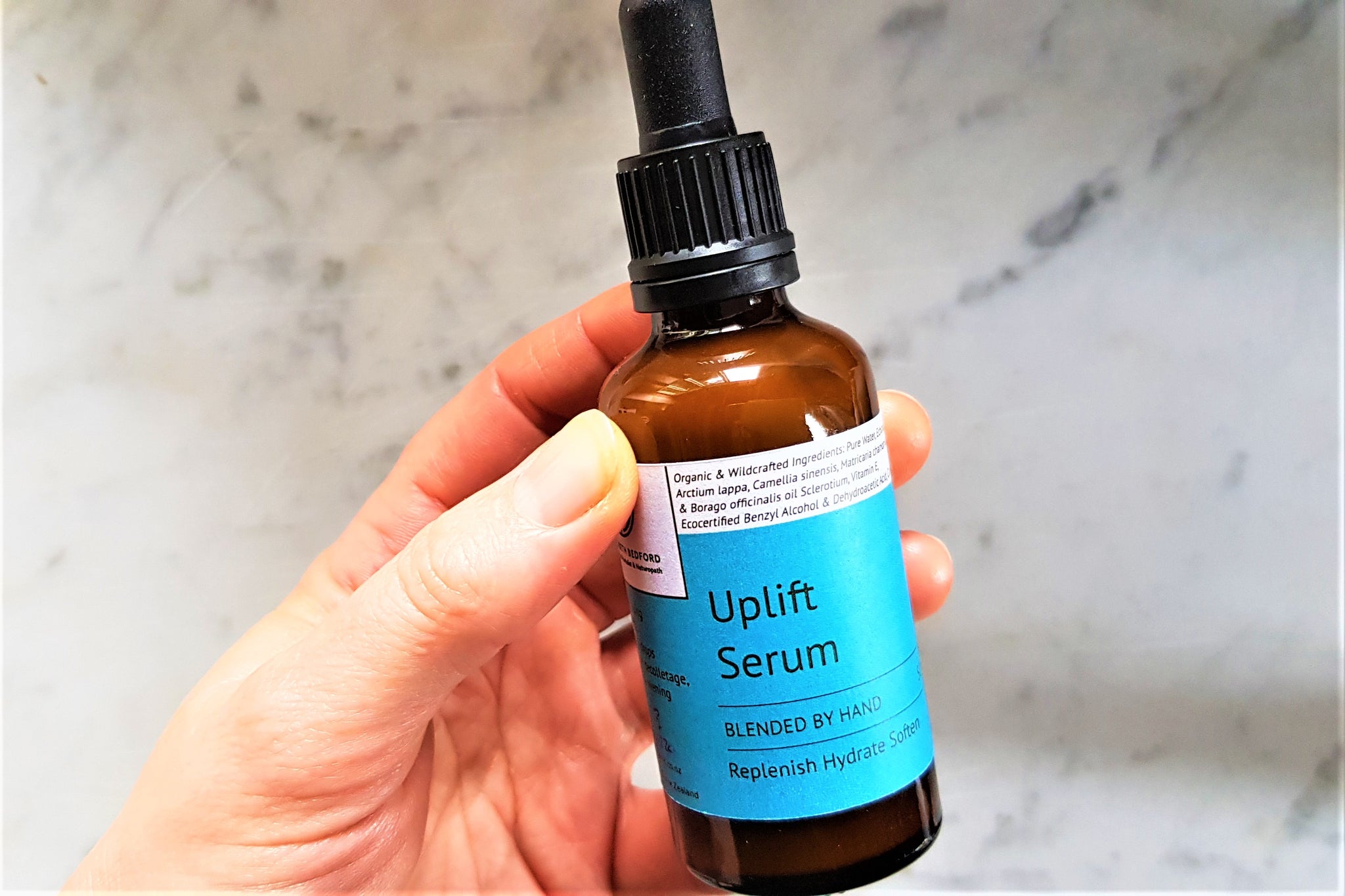
Three must-do steps before I even planted anything, as foundations for healthy and thriving land restoration
1/ Contamination
The image above is a nearby, certified organic garden, where my most important herbs will grow this year. Why? I don’t know how safe our soil is yet.
Let me explain.
7 years ago, this new property was hard landscaped, and very little topsoil remained.
I spend a lot of time looking at lab results for heavy metals due to contaminated soils, so I was actually glad about this- lead and cadmium are significant issues in many soils now. Once in the body, they’re almost impossible to remove (despite what unscrupulous practitioners may tell you) and cause a number of reproductive and systemic mutations and damage.
However. We discovered that the previous owner was a heavy user of pesticides – not just glyphosate, either.
This had 2 implications.
Firstly, spraying invaders like Kikuyu, tradescantia, convolvulus and privet doesn’t kill them. It It drives them underground, where they build resistance, and wait for the uprising.
So now...they’re coming back. More on that below.
Secondly...pesticide residue. I’ve heard people preaching that glyphosate breaks down into nothing. A lovely, naive idea. Scientifically, that is just not possible. And again, through my product development work and association with manufacturing...I’ve seen the lab tests.
What to do: Soil, water and vegetation testing to determine what we’re looking at, both in terms of minerals and poisons. Then bioremediation- growing specific plants to take up some toxins - and other techniques I’ll elaborate on another time

2/ Invasive weeds
Kikuyu, I can say after 20 plus years of experience, does not share. Build a raised bed over it, and it comes through. Smother it with 30cm of ethanol-drenched anaerobic mulch, and it takes a brief holiday then flexes its muscles and the stolons come back whiter and plumper than ever.
The only upside: it provides a worm habitat-which does make it great for composting, if done carefully.
There are only 2 options to get rid of it.. Smother it for 12 months, or shade it out. Shading out only works if you can support the trees you plant to grow faster than the kikuyu, which is incredibly labour intensive, so I don’t go there
I’m letting it grow long, to use up a pile of energy, then cutting it off, and covering with black plastic for 12 months. The cut grass goes into compost heaps, which be spread back on when the plastic comes off.

3/ Environment: the big predator debate
The property backs onto two Department of Conservation reserves. The first thing we did was create a huge cat run, protecting birds and geckos by confining the cats.
We want to have chickens, but being beside bush means that rats and stoats will always be with us. With the cats separated, our predator control can be more varied - the cats are safe from poison, poisoned pests, and traps.
The run also gives us a control- how do plants thrive when they’re NOT exposed to rabbits, possums, pheasants, kereru and so on?

The cat run. You can also see that the soil is depleted and starved of organic matter
.


